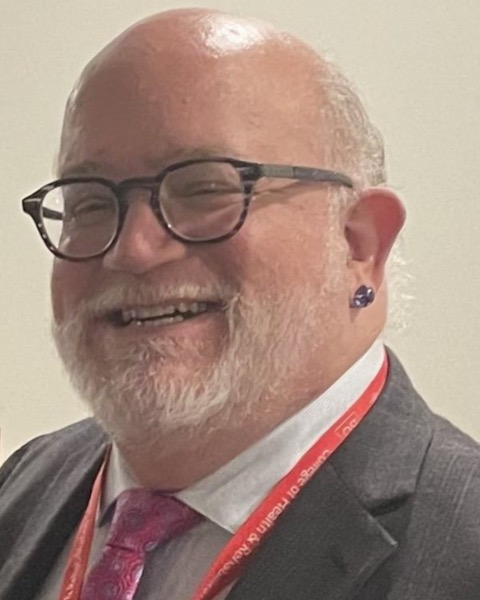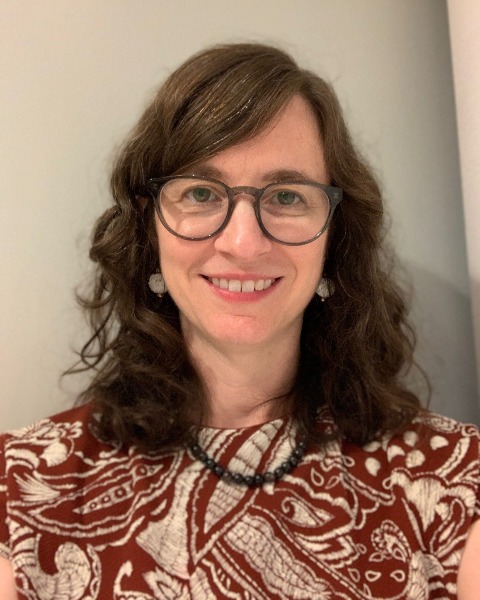Interdisciplinary
Advancing Home Modification Service Delivery Through Synthesizing Data and Evidence
-
BS
Bernard A. Steinman, PhD
Associate Professor
Family and Consumer Science
University of Wyoming
Laramie, Wyoming, United States -

Scott Trudeau, PhD (he/him/his)
Director of Practice Engagement
Workforce Capacity Building
American Occupational Therapy Association
Stow, Massachusetts, United States -

Maria Henke, MA
Senior Associate Dean
Leonard Davis School of Gerontology
University of Southern California
Los Angeles, California, United States -
BS
Bernard A. Steinman, PhD
Associate Professor
Family and Consumer Science
University of Wyoming
Laramie, Wyoming, United States -

Mengzhao Yan, MA (he/him/his)
PhD Candidate in Gerontology
Leonard Davis School of Gerontology
University of Southern California
Los Angeles, California, United States -

Emily Nabors, MSG (she/her/hers)
Senior Program Specialist, Center for Healthy Aging
Center for Healthy Aging
National Council on Aging
Arlington, Virginia, United States
Chair(s)
Co-Chair(s)
Discussant(s)
Individual Symposium Abstract First Author(s)
Supportive housing options are a cornerstone to aging in place. Whereas most older people prefer to remain in their homes as they age, challenges associated with aging, including declines in physical health and functioning, often act as barriers to meeting this goal. Additionally, the home’s condition can affect a person’s ability to care for themselves and the ability of caregivers to provide quality care. Home modifications (HM) that increase safety and support daily activities play a key role in helping people stay in their homes and communities. Indeed, evidence-based interventions with HM components have been shown to reduce falls-related accidents, address a range of caregiving needs, and delay or prevent institutionalization–outcomes that otherwise come with high costs to individuals and society. In this symposium we have three aims: 1) to summarize previous research supporting the efficacy of programs with HM components in promoting aging in place via improved safety and access in the home; 2) to present three original studies that incorporated data from the National Health and Aging Trends Study (NHATS) to reveal HM use patterns (e.g., whether HMs are implemented proactively in advance of acquiring disability, or reactively in response to acquiring disability); and 3) to introduce a current HM service delivery model, describe its development, and discuss implications and next steps, including how current research findings can inform service delivery strategies in the future.
Learning Objectives:
- Understand possible motivating factors that lead older people to install home modifications.
- Describe the value of considering health profiles in developing home modification service-delivery plans and interventions.
- Describe the ideal home modification service delivery process.
Presentations:
-
8:00 AM - 9:30 AM PSTHealth Dimensions as Predictors of Home Modification Implementation: A Longitudinal Analysis of NHATS Data
Individual Symposium Abstract First Author: Bernard A. Steinman, PhD – University of Wyoming
-
8:00 AM - 9:30 AM PSTSupportive Home Features as Proactive/Reactive Associates of Daily Functioning in Older Adults
-
8:00 AM - 9:30 AM PSTDo Recommendations From Rehabilitation Therapists Motivate Older Adults to Install Home Modifications?
Individual Symposium Abstract First Author: Mengzhao Yan, MA (he/him/his) – University of Southern California
-
8:00 AM - 9:30 AM PSTIntroducing a Service Delivery Model to Optimize Home Modification Outcomes
Individual Symposium Abstract First Author: Emily B. Nabors, MSG (she/her/hers) – National Council on Aging
